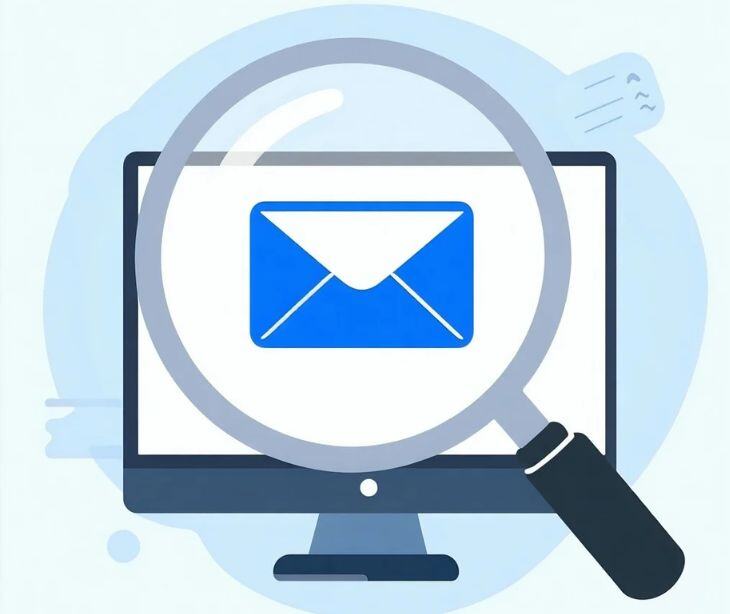2 min read
How to avoid common HIPAA violations in digital communications
Liyanda Tembani
Nov 10, 2024 6:50:26 PM
%20-%202024-11-10T214637.893.jpg)
Common HIPAA violations in digital communication include unencrypted communication, lack of access controls, inadequate staff training, sharing PHI without consent, and using unsecured platforms. Healthcare organizations can avoid these violations by using encrypted communication channels, implementing strong access controls, conducting regular HIPAA training for staff, obtaining patient consent before sharing PHI, and selecting only HIPAA compliant communication platforms.
How HIPAA applies to digital communication
HIPAA establishes standards for protecting patient information in digital communication. According to the HHS, "The Privacy Rule protects all individually identifiable health information held or transmitted by a covered entity or its business associate, in any form or media, whether electronic, paper, or oral."
The HIPAA Security Rule further outlines safeguards to protect electronic PHI, including secure, HIPAA compliant communication platforms, implementing encryption, and conducting regular staff training on compliance practices. Additionally, organizations must sign business associate agreements (BAAs) with any third parties that may handle PHI.
Unencrypted communication
Sending PHI via unencrypted emails or texts can lead to unauthorized access and data breaches. Always use encrypted communication channels. Use HIPAA compliant email and messaging services that comply with HIPAA encryption standards to protect data in transit and at rest.
Related: What happens if an email is not encrypted?
Lack of access controls
Allowing unauthorized individuals to access PHI increases the risk of misuse. Implement strong access control measures, including multi-factor authentication (MFA) and role-based access control (RBAC). Regularly review and update access permissions to maintain security.
Inadequate training
A recent study, titled Human Factors in Electronic Health Records Cybersecurity Breach: An Exploratory Analysis, found that most data breaches in healthcare are caused by human error. The study looked at HHS breach data over five years and explored the role of the "human element" in the incidents. Their analysis "revealed that 382 incidents, or 26 percent of all human factor-based breaches, were due to an insider's carelessness, negligence, or apathy.
Conduct regular training sessions focused on HIPAA compliance and digital communication practices. Ensure all staff are well-informed about the latest regulations and best practices.
Sharing PHI without consent
Sharing PHI without patient consent can lead to legal repercussions and a loss of trust. Always obtain written consent from patients before sharing PHI digitally, and document all consents while informing patients about the risks and benefits of digital communication.
Using unsecured platforms
Using non-HIPAA-compliant platforms for communication poses significant risks. Choose platforms specifically designed for HIPAA compliance, and ensure BAAs are in place with service providers
.
Incomplete audit logs
Failing to maintain thorough audit logs can hinder tracking and identifying breaches. Implement systems that automatically track and log all access to PHI, and regularly review these logs to detect and respond to potential security incidents.
Data breaches
Unauthorized access to PHI due to inadequate security measures can lead to compromised patient data. Implement comprehensive security measures, including encryption, access controls, and regular security assessments. Educate staff on identifying and reporting potential security threats.
Over-sharing information
Over-sharing information can violate the minimum necessary standard. Share only the information required for the specific purpose review communication practices to ensure compliance.
Insecure mobile devices
Accessing or sharing PHI through unsecured mobile devices increases the risk of unauthorized access. Ensure mobile devices used for accessing PHI are secured with encryption and password protection, and provide staff with guidelines on mobile device security.
Related: Strategies for MDM and HIPAA compliant communication
FAQs
What types of digital communication are covered by HIPAA?
HIPAA covers all forms of electronic communication that involve PHI, including emails, text messages, and video conferencing.
Can healthcare organizations use social media to communicate with patients?
While healthcare organizations can use social media, they must avoid sharing patient information without consent, as this could violate HIPAA regulations.
What should be done if a HIPAA breach occurs in digital communication?
In case of a HIPAA breach, organizations must follow their incident response plan, notify affected patients, report the breach to the Department of Health and Human Services (HHS) if necessary, and take steps to mitigate future risks.


%20-%202024-09-23T061902.269.jpg)
%20-%202024-09-18T062936.034.jpg)
